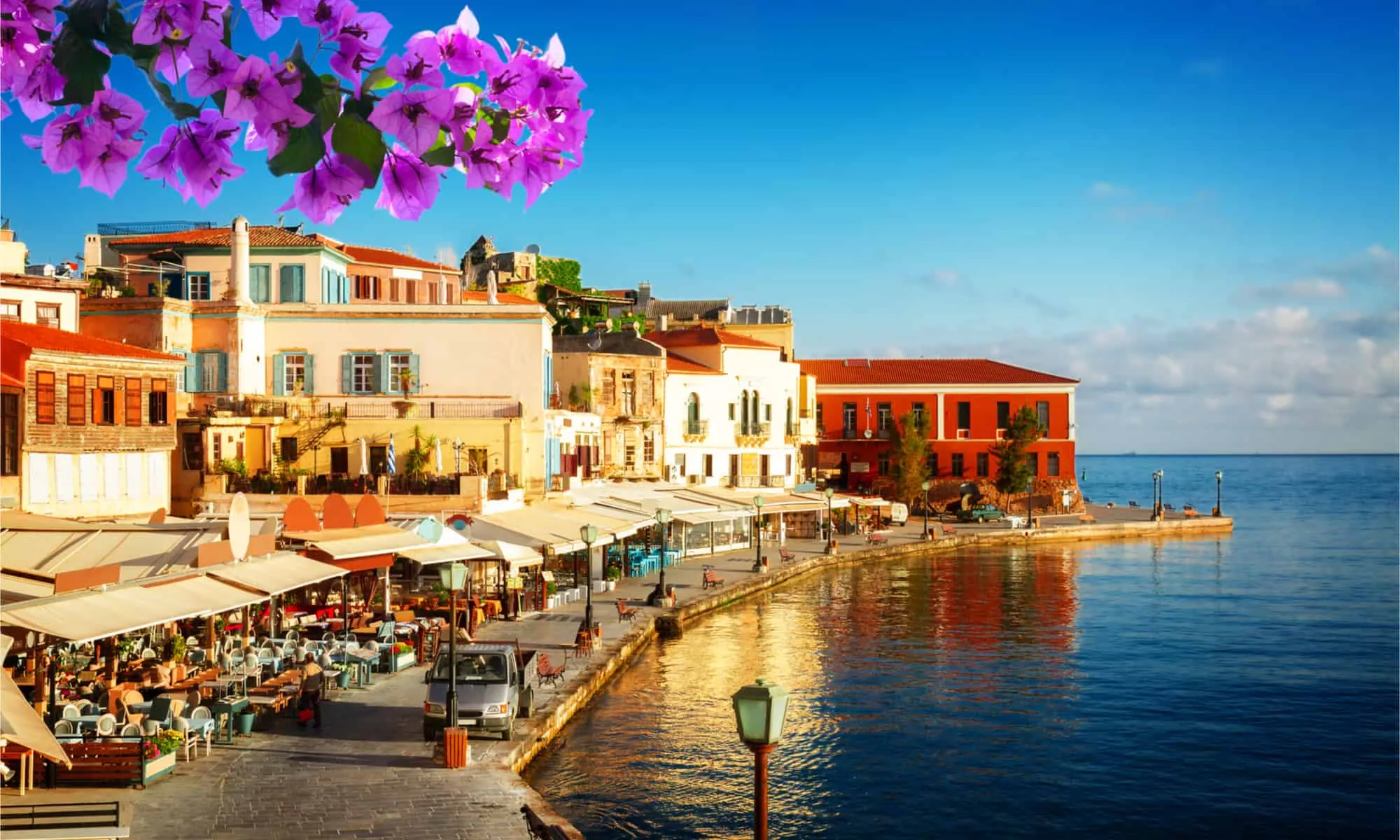Explore the Largest Island in Greece
With its stunning beauty, Mediterranean Sea location, and rich history, Greece is a country that draws in many. One of the things that make it unique is its numerous islands, a legacy of Athens’ naval domination in ancient times. In this read, we will take a closer look at the largest of the Greek islands, learn about the government of these islands, and discover just how many of them there are.
How Large is Greece?
Greece boasts a land area of 50,950 mi² with a staggering 8,497.9 miles of coastline. With such a vast expanse of sea surrounding the country, it’s no surprise that a significant portion of the nation’s livelihood is centered around it. Tourism is one of the primary industries in Greece, with visitors flocking from different parts of Europe to take in the breathtaking scenery, enjoy the sea and indulge in the local culture.
Overall, despite its small size, this country appears larger than it is due to the abundance of coastlines.
How Many Islands Are in Greece?
Greece is a country renowned for its vast number of islands. The actual count of these islands varies according to different sources. Some sources claim that Greece has a total of 6,000 islands out of which 227 are inhabited, leaving thousands of others uninhabited. However, other sources suggest that the number is much lower, estimating as low as 1,200 different islands.
Although Greece boasts of having numerous islands, the assumption that it has ample space is far from the truth. Out of the roughly 6,000 islands, only 31 have a landmass of 37 square miles or more. It’s worth mentioning that even these large islands have relatively small populations. Surprisingly, only five of them have a population exceeding 100,000.
With a multitude of islands, Greece boasts a diverse range of features and populations across its archipelago. It’s worth exploring the implications of having so many islands for the nation as a whole.
Why Greece a Popular Tourist Destination
Greece’s location on the waterfront, coupled with its warm climate for a significant part of the year, makes it a popular tourist spot. The islands, in particular, boast a range of amenities, including hotels, boats, and restaurants, to accommodate the influx of visitors each year.
The culture and coastlines are among the top reasons why people flock to the islands of Greece. With 18 UNESCO World Heritage Sites, Greece holds places of immense historical and cultural importance that have witnessed significant events in the world.
Athens, the Greek capital city, boasts of numerous renowned sites that attract tourists from all over the world. Among these sites are the Acropolis, Plato’s Academy, and the Temple of Olympian Zeus, all of which hold significant historical and religious value.
The Greek islands are not just famous for their scenic beauty but also for their stunning coastlines. The long coasts of each island offer tourists ample space to soak up the sun, go fishing, or explore the sea on boats. It’s not surprising that visitors flock to these islands, both the peninsula and the islands, to relish the crystal-clear waters of the Aegean.
These islands offer a compelling reason for vacationers and history enthusiasts alike to pay a visit.
What is the Largest Greek Island?
Crete covers a significant portion with its 3,260 square miles, making it the largest island in Greece and the fifth-largest island in the Mediterranean Sea. Its land area is a remarkable feat, especially when compared to the entire land area of Greece, which stands at 50,950 mi².
It’s intriguing to note that Crete is actually quite distant from the mainland, situated approximately 100 miles away.
With a population of 636,504 people, the island of Crete boasts the highest number of inhabitants in the country. The city of Heraklion, which is the largest on the island, has a population of 144,442 people according to the latest census. It is worth noting that around 60% of the population reside in urban areas, while the remaining 40% live in rural regions.
Crete boasts two formidable sources of economic generation. Firstly, like many islands in Greece, it has a thriving tourist and service-based industry. Additionally, the island is famed for its agricultural output, making it a hub for this sector.
The economic stability of the largest Greek island is outstanding. With its vast size and numerous attractions, it remains a powerful economic force.
Euboea, also known as Evvia, is the second-largest island in the country, located approximately 60 miles from the mainland coast. With an area of 1,422 square miles, the island is home to around 200,000 people and boasts a rich historical background. In modern times, Euboea is famous for its mining facilities.
How Are the Greek Islands Grouped?
The vast expanse of the Greek islands requires them to be categorized into regions for easy reference. This allows vacationers and government officials to have a clear idea of the specific group of islands they are considering. Let’s delve into some of the ways in which the Greek islands are grouped.
In general, the groups of islands can be categorized into clusters.
Although we cannot explore all of the islands, it is important to note that Crete is regarded as one of the North Aegean Islands. The remaining groups contain over a thousand islands.
Greece, despite not being a very large country, boasts an abundance of islands, ranging from the small to the large. Among these, Crete, the largest Greek island, stands out for its stunning and sustainable beauty. Visitors to Crete can take in breathtaking views of the Mediterranean Sea and enjoy a variety of attractions.
Overall, these land masses are relatively small, and there are numerous larger islands located throughout the world. In fact, there are many countries that boast a greater number of islands than Greece!
Read More:







